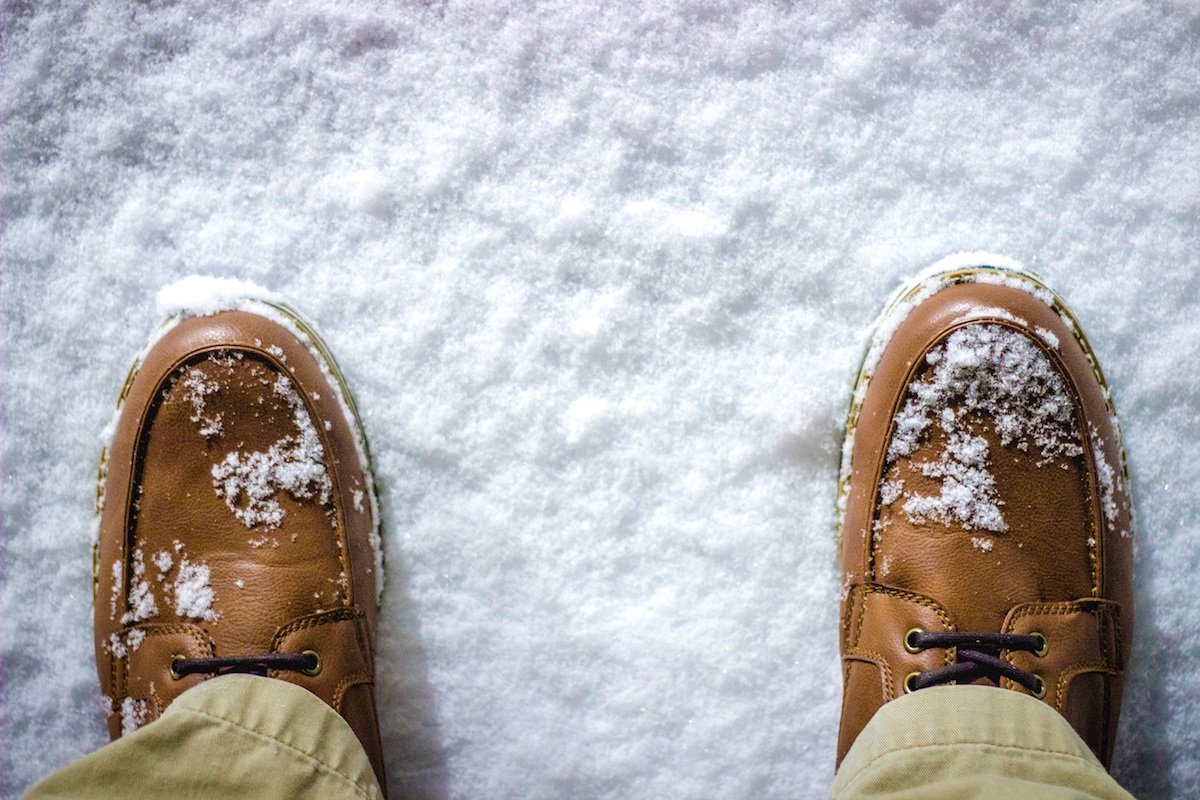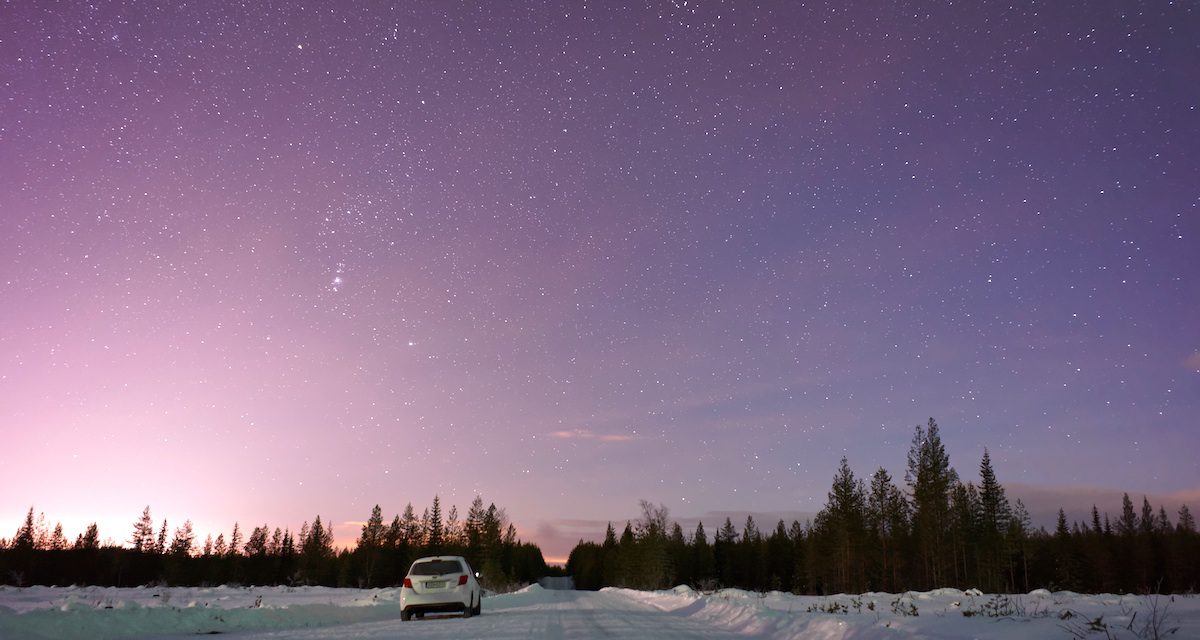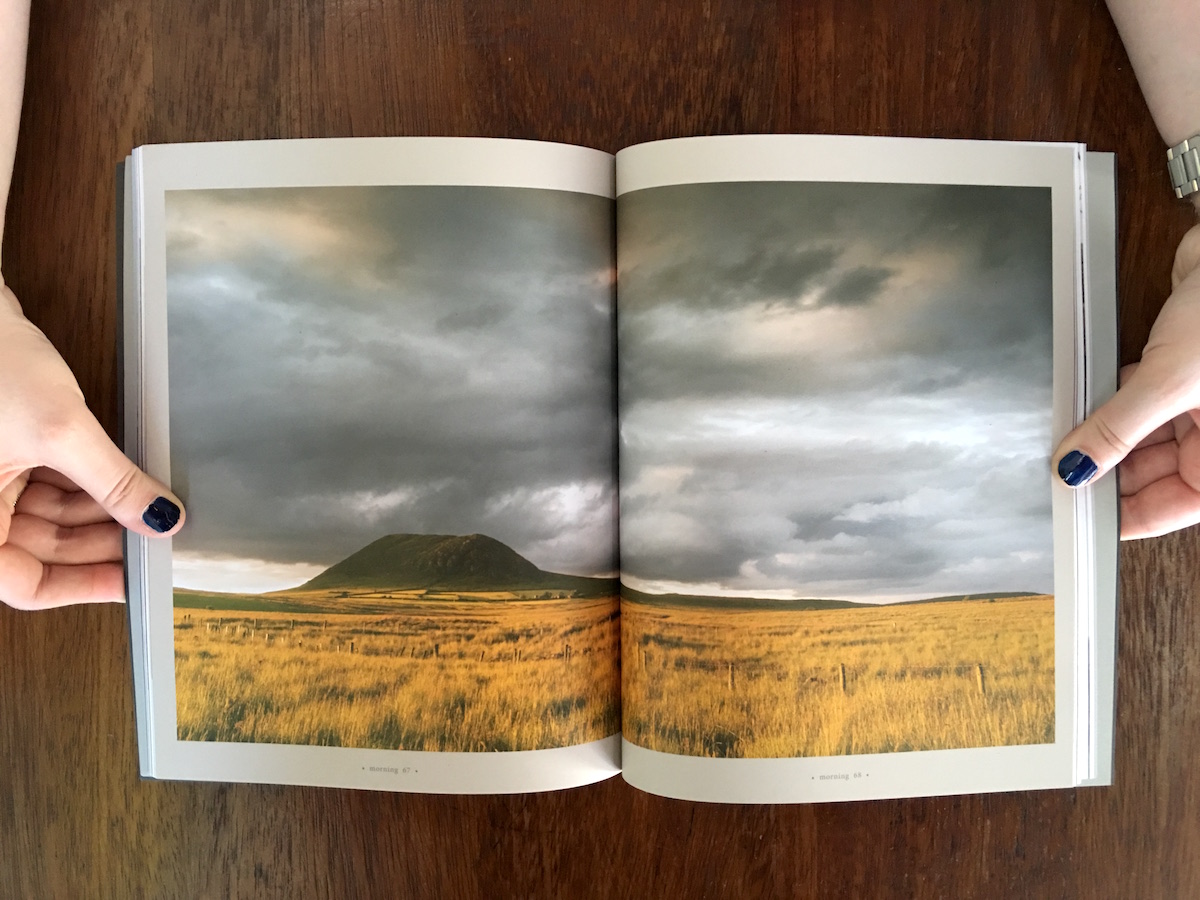Ballymena has been forecast some snowy weather coming up. It certainly is cold enough and if you are out and about please take care.
We have written this blog post especially for those of us who have to venture out and drive in the snowy weather. The AA have lots of great advice which is worth a read for even the most experienced driver. Please give this a read and share it with any of your family or friends who dread driving in the winter.

Snow on its way to Ballymena – Advice for winter driving
Breakdowns are more common in the winter and road conditions can be really challenging, especially when snow and ice strike. Here’s how to stay safe…
Batteries and electrics
Car batteries rarely last longer than five years, and there are extra demands on them in the winter, thanks to lights, heating and wipers.
Tips
- Turn off electrical loads like lights, heated rear window and wipers before trying to start the engine.
- Use the starter in short five-second bursts.
- If the engine doesn’t start quickly, wait 30 seconds between attempts.
- If you don’t use your car often, give it a regular overnight trickle charge.
Antifreeze
Antifreeze only costs a few pounds, but a frozen and cracked engine costs hundreds to repair. You need a 50-50 mix of antifreeze and water for the winter – this protects your engine down to -34C. Most modern cars use long-life antifreeze. Make sure you use the right type. Some types of antifreeze need changing after only two years. Check your service schedule.
Troubleshooting
A continuous squealing noise when you start up probably means the water pump’s frozen – it’s the fan belt slipping on the pulley. Stop the engine straight away and let it thaw out. This could take days unless you can move it into a heated garage.
If your car overheats a few miles from home, it’s likely that the radiator has frozen. Stop straight away so you don’t cause more serious damage.
Vision
- Clean your windscreen inside and out.
- Keep the windscreen and other windows clear of dirt, snow and stickers, to avoid a fine.
- Clear snow from the roof – it can fall onto the windscreen and block your view.
- Air-con demists the screen faster and reduces condensation.
- Replace worn or damaged wiper blades.
- Don’t leave your wipers on auto when you park up if there’s a risk of frost. If the blades freeze to the screen, you could damage the blades or wiper motor when you turn the ignition on.
- Use a suitable additive in your screenwash to reduce the chance of it freezing.
Visibility
Make sure all lights are working and lenses clean.
- If the roads are really mucky you might have to clean your lights after every trip.
- Keep number plates clean, to avoid fines.
- If you have to clear snow, don’t forget the lights – front and back.
- You must use headlights when visibility is seriously reduced. If you use fog lights, remember to switch them off when visibility improves so they don’t dazzle other drivers or obscure your brake lights.
Tyres
We recommend at least 3mm of tread for the winter.
- Don’t let air out of your tyres to get more grip – it doesn’t work, and it’s unsafe.
- Only use snow chains if there’s enough snow to prevent damage to the road.
- Think about getting winter tyres or all-season tyres – these are made from a special rubber that gives better grip in cold, wet conditions.
Snow and ice
Take it slow – with stopping distances 10 times longer, gentle manoeuvres are the key to safe driving in ice and snow.
- Wear comfortable, dry shoes for driving.
- Pull away in second gear, easing your foot off the clutch gently to avoid wheel-spin.
- Uphill – leave plenty of room or wait until it’s clear so you don’t have to stop part way up. Keep a constant speed and try to avoid having to change gear on the hill.
- Downhill – slow down before the hill, use a low gear and try to avoid braking. Leave as much room as you can to the car in front.
- If you have to use your brakes, apply them gently.
- If you drive an Automatic, check the handbook – some have a winter mode or recommend selecting ‘2’ in slippery conditions.
- If you do get stuck, straighten the steering and clear the snow from the wheels. Put a sack or old rug in front of the driving wheels to give the tyres some grip.
Our tips to help you on the road? Well first of all set the alarm a little earlier than usual to allow you the extra time you need to defrost and deal with the winter traffic. Avoid small country roads if you can, main roads are more likely to have been gritted. Also be patient with other road users – it can be frustrating to see other road users being overly cautious but bear in mind that lots of drivers are anxious when the weather is snowy.
If we do get some snow soon then please take care of yourselves, especially on the roads. Please share this article with your friends and family and help them to keep safe on the winter roads too.





